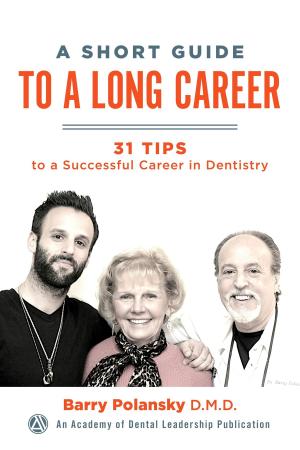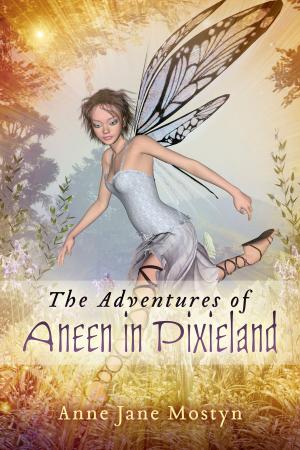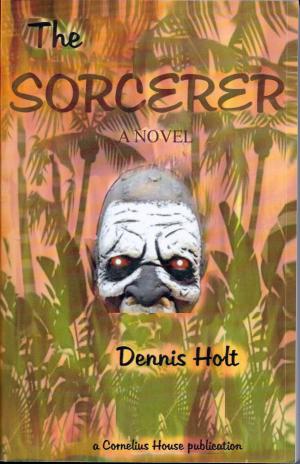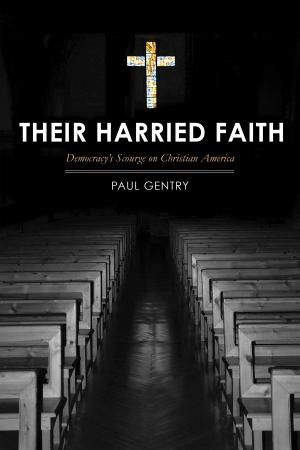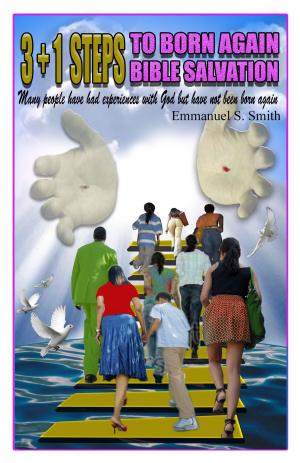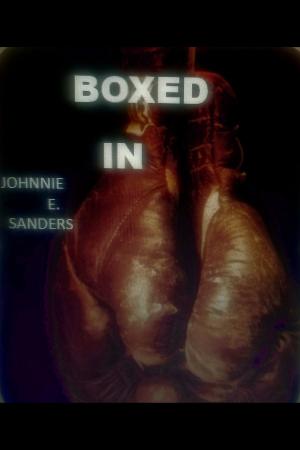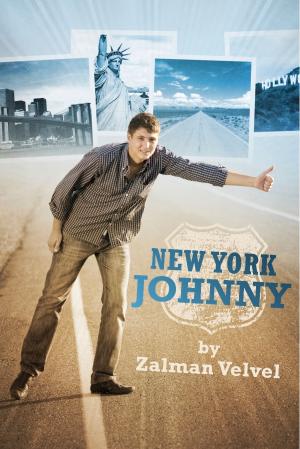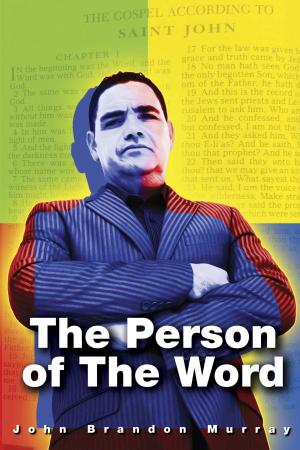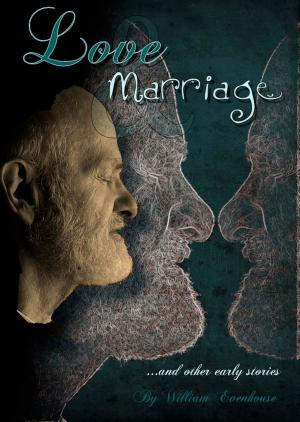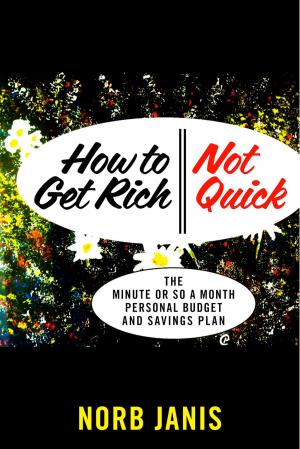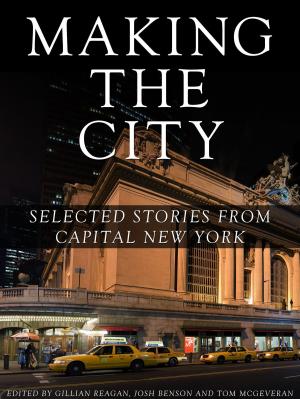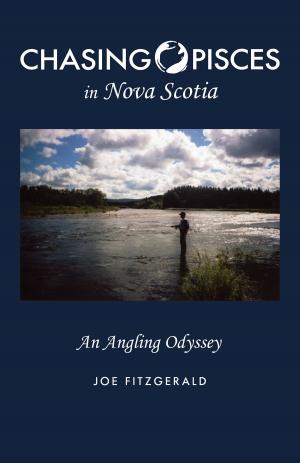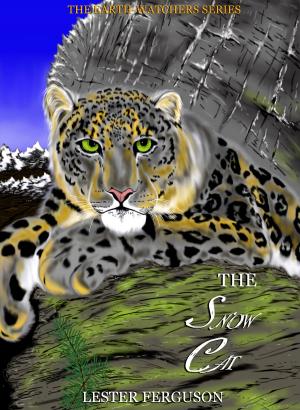| Author: | David Winter | ISBN: | 9781543908152 |
| Publisher: | BookBaby | Publication: | July 12, 2017 |
| Imprint: | BookBaby | Language: | English |
| Author: | David Winter |
| ISBN: | 9781543908152 |
| Publisher: | BookBaby |
| Publication: | July 12, 2017 |
| Imprint: | BookBaby |
| Language: | English |
This memoir takes the form of a liberatory narrative describing the traumatic lives of children isolated by abusive parents and kept from speaking of the events affecting them throughout their childhood into adulthood. In response to this, it suggests that a critical context needs to be established for adult survivors of child abuse so that for this generation a clear articulation of these horrific events can be documented so their lessons are learned and future generations of children and parents will not have the secure base of their domestic spaces destroyed by the pathogen of violent adult behaviour. When a critical context for this kind of text is established it will allow survivors of domestic abuse to release the private hell of their secreted emotions into a normative public forum, whether through creative narrative or through criticism of depictions of child characters in English literature. As is true with women drawn to the Feminist discourse, people of color drawn to the Postcolonial discourse, and gays and lesbians drawn to the Queer theory discourse, so it should be true of adult survivors of child abuse: the pain of private experience is made public and shared through its articulation in the forum of critical contextualization, where their narratives are engaged in university discursive practices with the same level of respect as those of individual members who emerge with narratives of alterity from these other groups. In this way the narratives of adults who are survivors of childhood abuse would not be dissimilar to the Classic Slave Narratives of the 19th-century. Arguably, it will not be until such narratives are accepted within a critical context that domestic child abuse will remain as painful a cultural epidemic as the American slave trade of the 19th-century had been. As was true with the slave trade and the narratives it inspired, the domestic abuse of children will not stop until the narratives of those who have suffered from its effects have been fully articulated and given a critical context within the culture of public discourse outside of the abusive family. If such an effort worked to educate others and lessen the punishing effects of sexism, racism and homophobia, then it will also work to lessen the punishing effects in the lives of abused children and the damaged adults they become. According to Dr. Vincent J. Felitti, adults seeking medical help who knew adverse childhood experiences in their families of origin have a far higher rate of physical health maladies than those who did not, which, with the rocketing rates of healthcare costs, is at least one practical reason to encounter the issue of child abuse and neglect head on. Most importantly, with the behavior of White Anglo-Saxon Patriarchs being at the heart of Critical Theories’ complaints, it is time to look past the assumption that Patriarchal aggression is solely founded on the capital system in which these men compete, and where it is felt that they project onto others all negative aspects of their characters when they fail to win. Indeed, rather than privileging their competitive skills, capitalism rewards the majority of men for their social skills of collaboration. As the work of psychoanalyst W.R.D. Fairbairn makes clear, human beings are not born with aggression as a phylogenetic inheritance, or as the Christian taint of Original Sin; instead, all human aggression is learned through the shaping behavior of parents or primary caregivers. Accordingly, this memoir chronicles the traumas of my own childhood abuse and how I have lived with its effects, garnering strength from what I’ve endured and sharing the lessons of my experience to help other adult survivors of child abuse rise into their futures with a sense of hope. Its practical function is two-fold: to serve as a narrative model for other survivors of child abuse to claim their story through language, and to militate a theory-based rhetoric suggesting that such
This memoir takes the form of a liberatory narrative describing the traumatic lives of children isolated by abusive parents and kept from speaking of the events affecting them throughout their childhood into adulthood. In response to this, it suggests that a critical context needs to be established for adult survivors of child abuse so that for this generation a clear articulation of these horrific events can be documented so their lessons are learned and future generations of children and parents will not have the secure base of their domestic spaces destroyed by the pathogen of violent adult behaviour. When a critical context for this kind of text is established it will allow survivors of domestic abuse to release the private hell of their secreted emotions into a normative public forum, whether through creative narrative or through criticism of depictions of child characters in English literature. As is true with women drawn to the Feminist discourse, people of color drawn to the Postcolonial discourse, and gays and lesbians drawn to the Queer theory discourse, so it should be true of adult survivors of child abuse: the pain of private experience is made public and shared through its articulation in the forum of critical contextualization, where their narratives are engaged in university discursive practices with the same level of respect as those of individual members who emerge with narratives of alterity from these other groups. In this way the narratives of adults who are survivors of childhood abuse would not be dissimilar to the Classic Slave Narratives of the 19th-century. Arguably, it will not be until such narratives are accepted within a critical context that domestic child abuse will remain as painful a cultural epidemic as the American slave trade of the 19th-century had been. As was true with the slave trade and the narratives it inspired, the domestic abuse of children will not stop until the narratives of those who have suffered from its effects have been fully articulated and given a critical context within the culture of public discourse outside of the abusive family. If such an effort worked to educate others and lessen the punishing effects of sexism, racism and homophobia, then it will also work to lessen the punishing effects in the lives of abused children and the damaged adults they become. According to Dr. Vincent J. Felitti, adults seeking medical help who knew adverse childhood experiences in their families of origin have a far higher rate of physical health maladies than those who did not, which, with the rocketing rates of healthcare costs, is at least one practical reason to encounter the issue of child abuse and neglect head on. Most importantly, with the behavior of White Anglo-Saxon Patriarchs being at the heart of Critical Theories’ complaints, it is time to look past the assumption that Patriarchal aggression is solely founded on the capital system in which these men compete, and where it is felt that they project onto others all negative aspects of their characters when they fail to win. Indeed, rather than privileging their competitive skills, capitalism rewards the majority of men for their social skills of collaboration. As the work of psychoanalyst W.R.D. Fairbairn makes clear, human beings are not born with aggression as a phylogenetic inheritance, or as the Christian taint of Original Sin; instead, all human aggression is learned through the shaping behavior of parents or primary caregivers. Accordingly, this memoir chronicles the traumas of my own childhood abuse and how I have lived with its effects, garnering strength from what I’ve endured and sharing the lessons of my experience to help other adult survivors of child abuse rise into their futures with a sense of hope. Its practical function is two-fold: to serve as a narrative model for other survivors of child abuse to claim their story through language, and to militate a theory-based rhetoric suggesting that such

